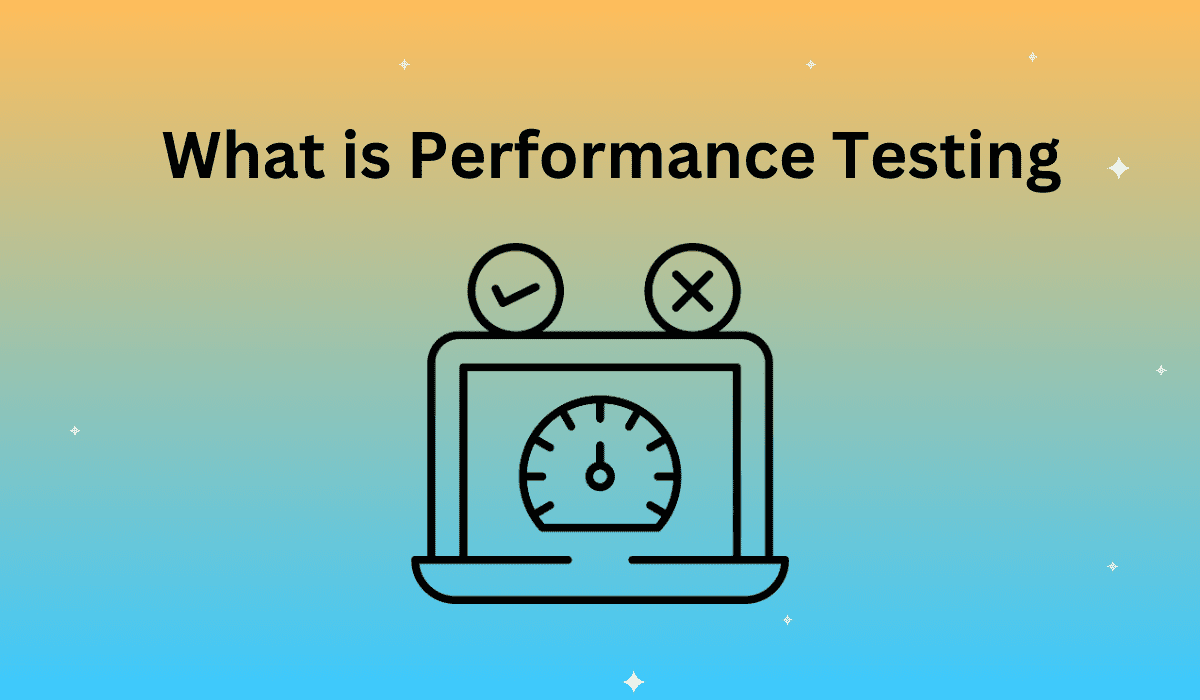The rapid advancement of the internet has brought about remarkable changes in the way we access and share information. With ever-increasing user numbers, faster speeds, and massive data transfers, it’s crucial to ensure your website’s applications can handle the load and cater to your users’ needs. Performance testing plays a vital role in this process, allowing you to identify and address any potential issues before they impact user experience. In this blog post, we will delve into the different types of performance testing and how they can help you create a robust and resilient website.
The Three Pillars of Performance Testing
To achieve and maintain a top-performing website, it’s vital to carry out load, stress, and capacity testing. These types of tests serve distinct purposes, and when used together, they ensure your applications can withstand a range of demands.
Load Testing
Load testing is designed to measure an application’s behavior under both normal and peak conditions. It aims to identify bottlenecks and weak points in the code that may lead to issues during sudden increases in traffic. Conducting load testing during development and QA testing is crucial, and it can also be beneficial for evaluating the production environment during off-peak hours to ensure your website remains stable.
By simulating various user scenarios, you can identify how well your application performs under different conditions. It helps you understand how your application responds to increased traffic and the areas where performance improvements are needed. Furthermore, load testing can pinpoint issues related to concurrent user access, database access, and server-side processing, ensuring that your website operates smoothly and effectively.
Stress Testing
Stress testing evaluates an application and its environment’s ability to maintain optimal performance under unfavorable conditions. This type of testing is especially valuable in pre-deployment situations, where artificial errors like server failures or load balancer misconfigurations can be introduced to observe the system’s reaction. Stress testing helps determine your system’s breaking point and documents its behavior as the load increases.
The primary goal of stress testing is to understand how your application handles extreme conditions and to identify any issues that may arise during peak usage. By simulating high loads, stress testing can reveal potential memory leaks, synchronization issues, or other system vulnerabilities. This information can be invaluable for ensuring your application’s long-term stability and resilience, enabling you to make the necessary adjustments to accommodate unexpected traffic spikes or system failures.
Capacity Testing
Capacity testing focuses on whether an application and its environment can handle the intended traffic volume. This testing is beneficial during the design phase to establish the number of users or transactions the system can manage under specific circumstances. Additionally, capacity testing aids in strategic planning, enabling you to proactively expand your infrastructure before reaching capacity limits that could negatively impact user experience.
By understanding the limitations of your system, you can make informed decisions about when to invest in additional resources or optimize your application to support higher loads. Capacity testing can help you identify potential bottlenecks, such as database or network constraints, that may restrict your application’s ability to scale. Armed with this information, you can plan for future growth and ensure that your website remains responsive and performant as your user base expands.
Performance Testing in Practice
Load testing uncovers bottlenecks and problematic code by applying varying load levels to your application. Stress testing identifies potential points of failure in your system, allowing you to improve its resilience and monitor for signs of being overwhelmed. Capacity testing ensures your website can handle the anticipated number of users and transactions, as well as providing insights into when you may need to upgrade your infrastructure to meet demand.
By incorporating these performance testing methods, you can optimize your website for a smooth and enjoyable user experience. Furthermore, performance testing plays a critical role in safeguarding your website’s reputation and maintaining user satisfaction, which ultimately translates to improved customer retention and increased revenue.
Monitoring Performance and Adapting to Change
As the digital landscape continues to evolve, it’s essential to monitor your website’s performance regularly and adapt to changes in user behavior, technologies, and market trends. Regular performance testing ensures that your website is always up-to-date and can efficiently handle new requirements or updates.
By continuously evaluating your website’s performance, you can identify areas where improvements may be necessary and implement changes proactively. This ongoing process helps maintain high levels of user satisfaction and ensures that your website remains competitive in an ever-changing digital environment.
Performance Testing in the Age of Agile and DevOps
In today’s fast-paced world of software development, Agile and DevOps methodologies have become the norm. These approaches emphasize the importance of rapid development and deployment, as well as continuous integration and delivery. As a result, performance testing has become an integral part of the development lifecycle.
By integrating performance testing into your Agile or DevOps workflows, you can ensure that performance issues are identified and addressed early in the development process. This proactive approach reduces the risk of performance-related problems occurring in production environments and helps maintain high-quality user experiences throughout the lifecycle of your applications.
The Value of Performance Testing in Today’s Digital World
In an age marked by rapidly evolving technologies and increasing user demands, performance testing is more critical than ever. By implementing a comprehensive performance testing strategy that includes load, stress, and capacity testing, you can ensure that your website remains performant, resilient, and capable of handling varying user loads.
Moreover, ongoing performance monitoring and adaptation to changes in user behavior and technologies will help you maintain a competitive edge in the digital marketplace. By prioritizing performance testing, you can create a seamless and enjoyable user experience that keeps your customers coming back for more.
To learn more about each of these test types and which tests you should implement now, watch our webinar Load Testing Best Practices: 3 Use Cases Every Company Should Run











